How green are our galleries and museums?
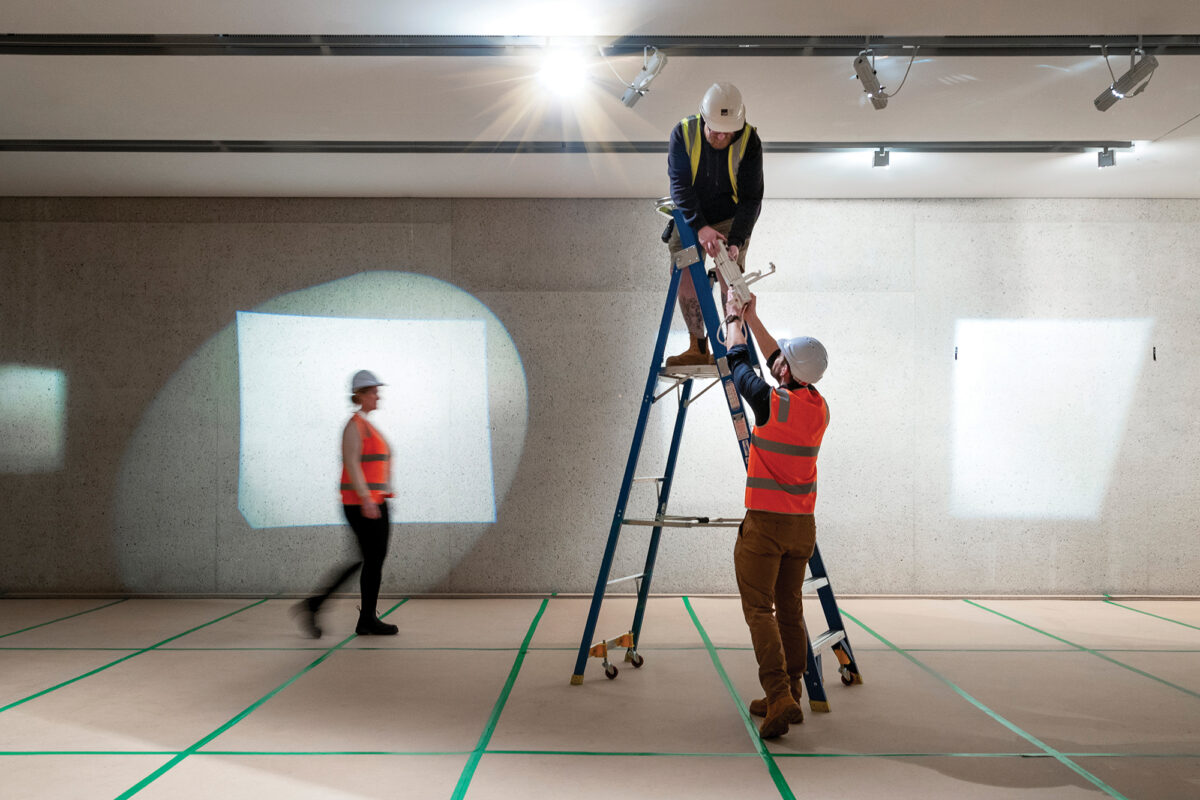
Written by Andrew Stephens. Originally published by Art guide on 11 October 2023.
When the National Gallery of Australia (NGA) director Nick Mitzevich launched this year’s replacement of halogen lights with 5500 new LEDs, he knew it would mean more than a simple upgrade. Those halogens emitted large volumes of heat, straining the air-conditioning systems that maintain even temperatures to safeguard artworks. But with the efficient and much cooler LEDs, the NGA’s heat and air-con stresses, alongside overall energy usage, are diminishing dramatically.
This story may seem small against global efforts to tackle the climate emergency, but it is one of many elements Australia’s museums and art galleries are taking towards more sustainable operations, reducing carbon footprints and aligning with state and federal government requirements to significantly cut greenhouse emissions by 2030.
Amid the growing renewables market and the pressure of community expectations, Australia’s big museums and galleries are, like other industries, now on notice to drive substantive reform and avoid greenwashing—or face damaging blowback. Such reforms include confronting the tricky issue of funding from fossil fuel related sources in sponsorships and, less visibly, in banking and superannuation choices.
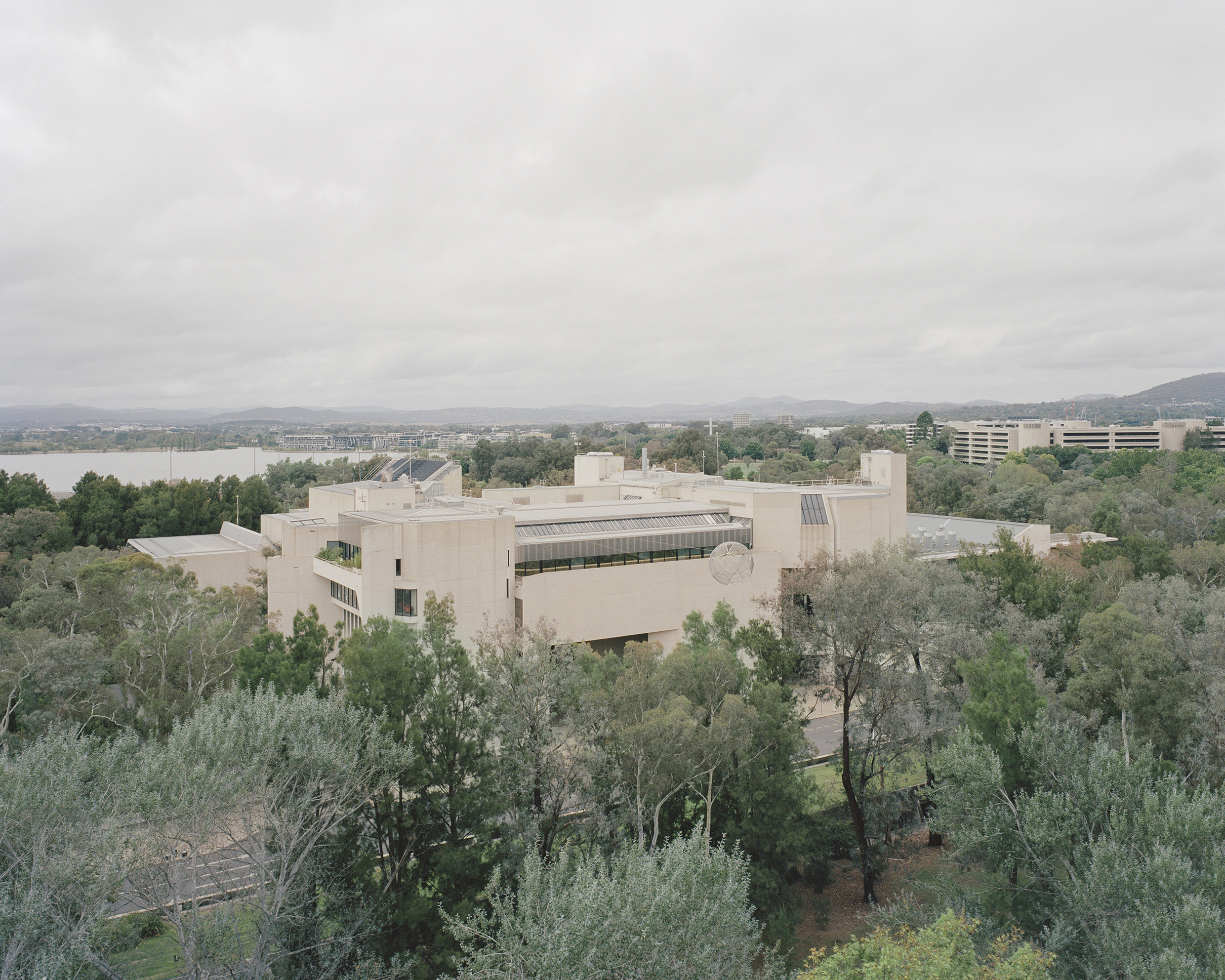
“This includes the Art Gallery of South Australia, Newcastle Museum, and the John Curtin Gallery who currently partner with BHP, and SciTech and the WA Museum who are sponsored by Woodside, and various local galleries where coal and gas companies operate.”
Alongside urging artists to speak up, 350.org keeps a database of fossil fuel sponsorships and has detected nearly 600 fossil fuel sponsorships across the arts, sports, education and public events. Albion says these sponsors are “desperately trying to buy social license through our beloved institutions” but notes that scarce public funding underlies museum vulnerability.
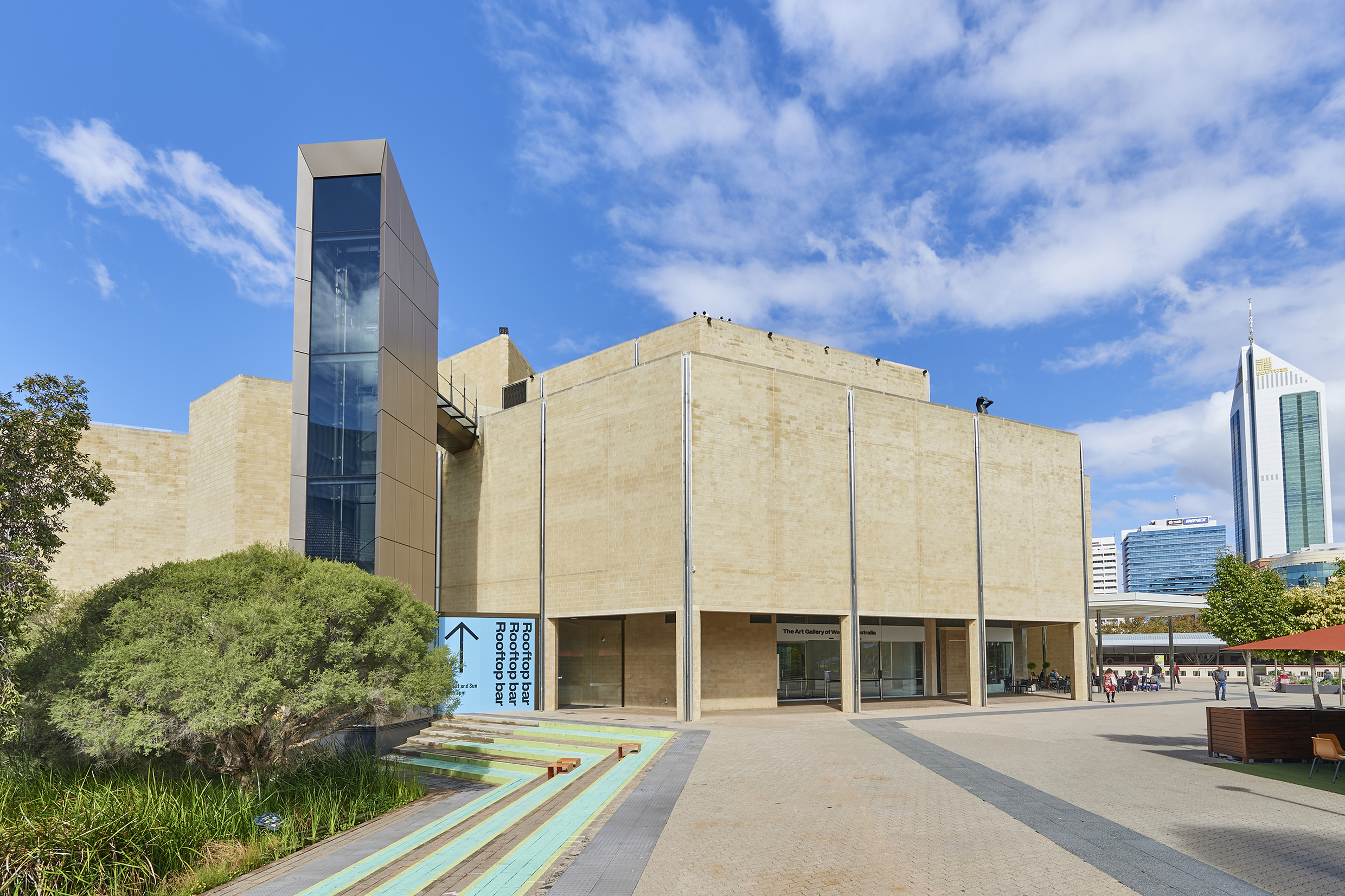
Meanwhile, the National Association of the Visual Arts (NAVA) executive director, Penelope Benton, says accepting sponsorships from fossil fuel companies in the midst of a climate emergency is ethically indefensible.
“Discussions of artwashing are becoming more pronounced, protest is increasing, and movements are collectivising with a view to cease providing social license to companies through their association with arts and cultural activities,” she says.
“The major risk for art organisations entering a relationship with either a private or public sector supporter is damage to its reputation through association with a brand that does not align with stakeholder values. This could lead to artists boycotting cultural events, negative media, or community backlash for both the arts organisation and their business partner.
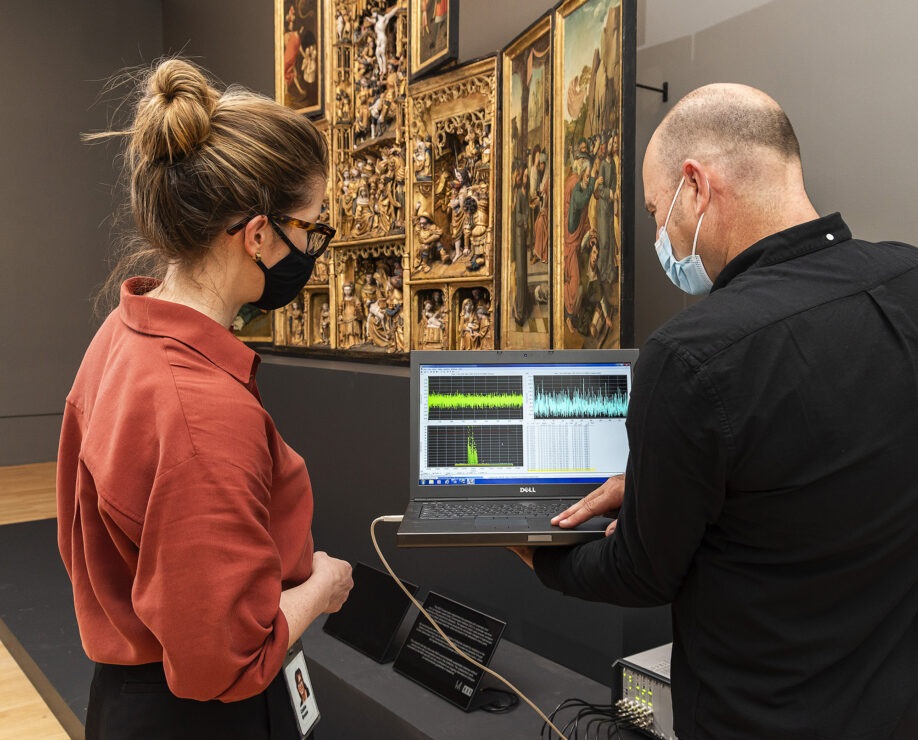
Fortunately, this is a strong focus for Australia’s larger institutions under the Bizot Green Protocol. These are a range of measures to reduce carbon footprints that were established in 2015 by the international Bizot Group, comprised of directors from the world’s largest art museums.
Michael Varcoe-Cocks, associate director of conservation at the National Gallery of Victoria (NGV), says the gallery has more than halved its energy usage since 2017 (not counting Covid lockdown years) by various improvements. The gallery, like the NGA, has retained vastly more efficient freight and transport practices adopted during Covid lockdowns. Having virtual courier protocols—rather than in-person chaperoning of artworks—and choosing smarter flight-routes has greatly decreased transport mileage.
Working with the Getty Conservation Institute in Los Angeles, the NGV has also been at the forefront worldwide in scrutinising climate control in galleries, traditionally kept within a very tight temperature range in the interests of preserving artworks. Using Getty-owned acoustic emission testing technology on a wooden Flemish altar piece, the NGV is carefully assessing whether parameters could be broadened to have more flexible gallery and storage temperatures—which could also be adopted by other institutions.
Alongside assessments of the NGV building’s thermal mass, results so far show the temperature control systems could be halted most nights of the year, bringing enormous cuts to energy usage but also—crucially—continuing to maintain the long-term safe conservation of artworks.
Yet, as Varcoe-Cocks says, better sustainable practices are all about behavioural and cultural change, which means involving people at all levels of the organisation—from couriers and registrars to conservators, curators and administrators.
As part of this, the NGV has partnered with sustainability leader ACCIONA, which delivers innovative infrastructure solutions and renewable energy projects. It has been assessing the NGV’s Melbourne Winter Masterpieces exhibitions, calculating carbon footprints to reduce emissions and suggest changes for future iterations. Following the current assessment of Pierre Bonnard: Designed by India Mahdavi, the NGV will offset any residual carbon.

Meanwhile Anne Robertson, executive officer for the Public Galleries Association Victoria, says one of the biggest challenges for small-to-middle galleries is operating within international guidelines to safeguard collections, as well as lending works from state and international institutions. She is thrilled with the work by Varcoe-Cocks and the NGV investigation to expand temperature guidelines.
Robertson recently shared the 350.org fossil free sponsorship pledge with member galleries and understands some are working with their governing bodies to sign up. But she says there isn’t much discussion across the small-to-medium sector about fossil fuel sponsorship, mainly because that industry focuses on large cultural institutions and festivals to maximise audience reach. “As our state and national cultural institutions cut ties with fossil fuel companies I expect the small-to-medium sector will be more appealing to the fossil fuel industry.”
At the NGA, Mitzevich says his ethics advisory group assesses all sponsorship and partnership opportunities on their own merits, set against the ethical framework of the NGA’s solid sustainability plan. “When we consider a new partnership or sponsorship collaboration in any way, there are a number of different things we assess, and sustainability is one of them. Essentially the NGA aims to be an ethical cultural institution.”
He says the gallery’s sustainability plan has clear aims and deliverables: “We have done that purposefully because we want to be judged in that area.”
Likewise, the Art Gallery of Western Australia’s director, Colin Walker, says that as part of moves to meet state government requirements to cut emissions by 80% by 2030, infrastructure upgrades are in motion—though further investment is needed to deliver them in full. A federal or state program to support capital upgrades would accelerate the work.
“We don’t have, nor are we pursuing, fossil fuel sponsors and we have a tight ESG [environmental, social and corporate governance] approach in our investment policies which, for example, precludes us from investment in companies that derive more than 3% revenue from any fossil fuels.”
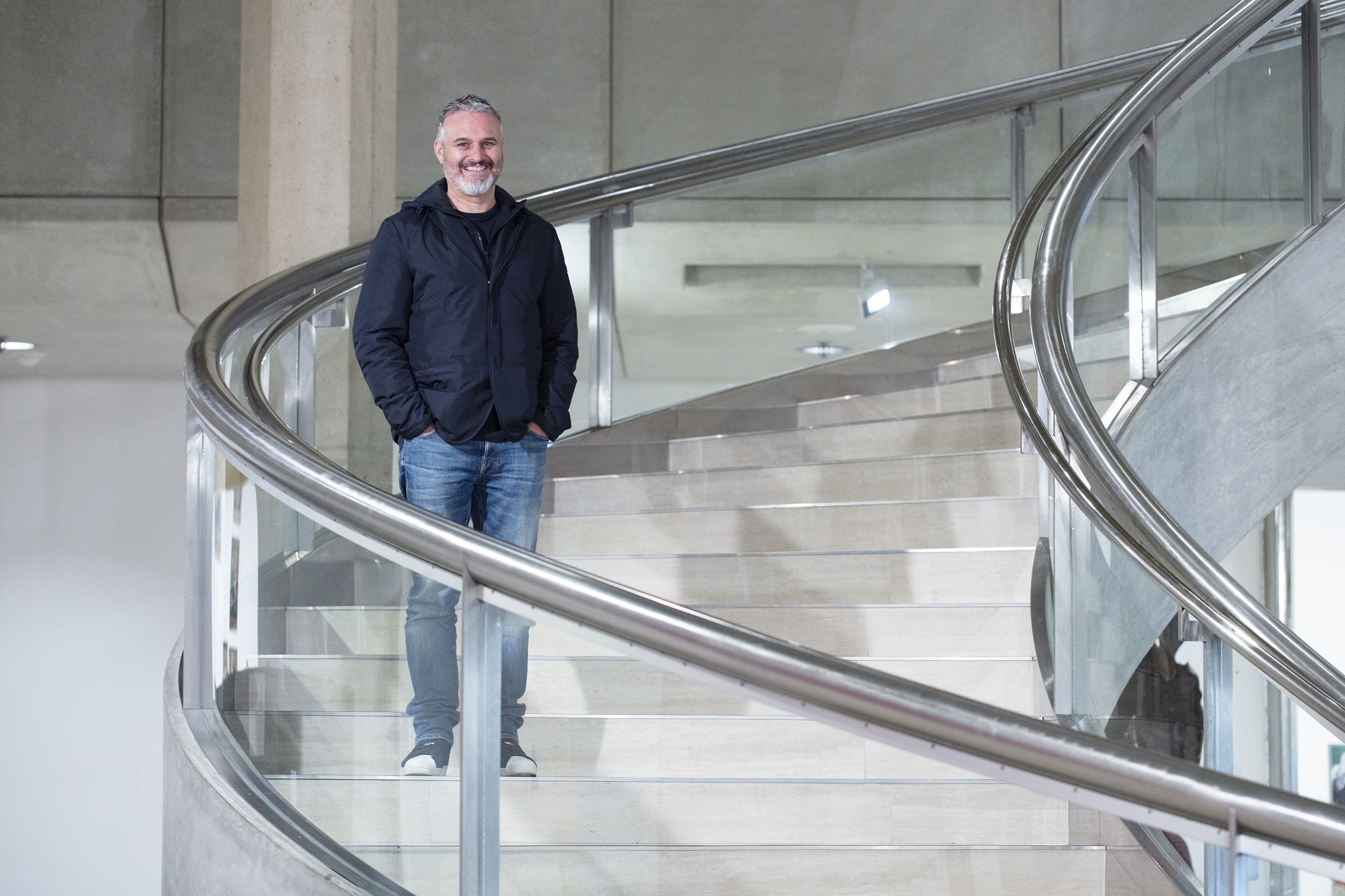
Queensland Art Gallery | Museum of Modern Art (QAGOMA) details its stance on its website, as do most large institutions. QAGOMA has a strong commitment to sustainability across all operations and undertakes considerable due diligence before entering partnerships. “While our sponsorship policy is currently undergoing a three-yearly review, we have not sought, nor accepted support from fossil fuel companies for many years,” a spokesperson said.
It is a different situation at the Art Gallery of South Australia, where mining giant BHP has long supported the popular Tarnanthi festival of Aboriginal and Torres Strait Island art. The partnership is up for renewal at the end of 2024.
According to a spokesperson, AGSA “seeks to build successful sponsorship arrangements based on mutually agreed objectives and beneficial outcomes” for all involved parties, with sustainability practices a priority in the new strategic plan being rolled out this year.
“The Art Gallery board’s recently appointed chair, Sandy Verschoor, is also on the board of the Premier’s Climate Change Council and we value her leadership in this space,” the spokesperson says. “Given the challenges of managing a 140-year-old building, AGSA would welcome the South Australian government’s leadership in accelerating AGSA’s ability to tackle issues of sustainability more effectively.”
The director of Sydney’s Museum of Contemporary Art (MCA), Suzanne Cotter, is fortunate to also be the chairperson of the 2022-25 sustainability working group for the International Committee for Museums and Collections of Modern Art (CIMAM). This gives her strong insights into best practice, and she says progress of the MCA’s sustainability policy is regularly measured.
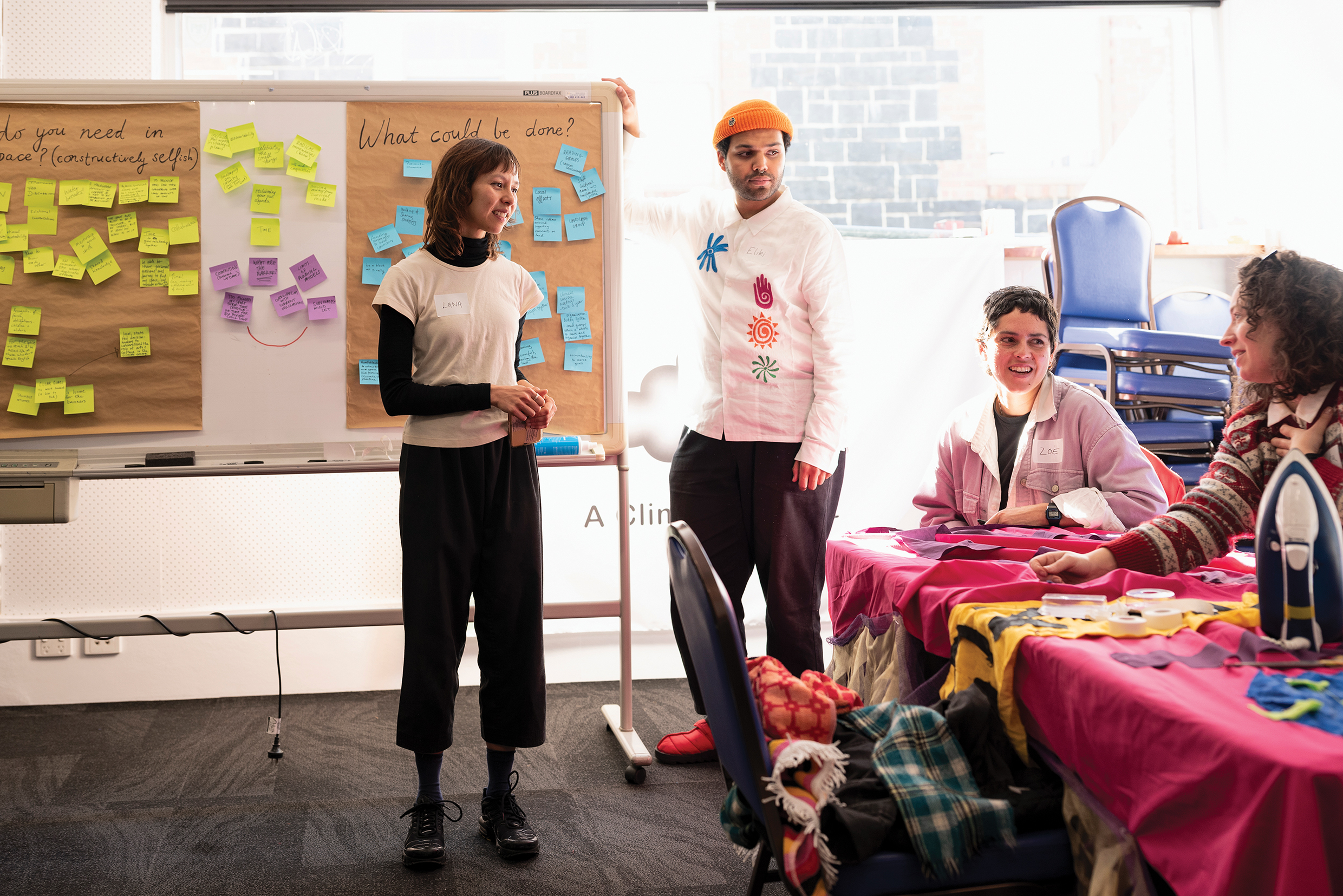
“It’s important to ensure we do what we say we do, to interrogate that, and see how to embed that policy and not make it a question of greenwashing,” she says. “We don’t have all the answers and we are only beginning our work to understand what our contribution is to the carbon footprint and the ways we can reduce that with a productive response.”
Cotter says there is a strong ethos around sustainability at the MCA, and it recently partnered with Copenhagen-based architects 3XN, whose green innovation unit GXN will work with the MCA on sustainable and reusable solutions for temporary exhibitions.
But Cotter notes that the MCA, like all museums, is only beginning the journey and trying to work out how best to be environmentally responsible. “To really change your institutionalised ways of working often requires resources and many [museums] are suffering from the lack of them, not only in economically disadvantaged countries but in countries like Australia,” she says.
As part of her CIMAM work she is investigating becoming part of a global alliance of museums and galleries, as well as the commercial sector, to work on sustainability. Her strong international experience means she is looking at the issue on many different levels. “I have recommended for this alliance to involve First Nations knowledge-holders, recognising the importance of Indigenous thought and cultures. This is being increasingly valued around the world as an incredibly important resource. Those conversations are certainly happening here in Australia.”
While the museum sector’s various action plans dealing with daily operations are impressive and effective, with relatively few fossil fuel related sponsorships from the likes of BHP, Shell or Woodside, what about less transparent relationships?
A Climate for Art (ACFA), a new group mobilising arts industry climate activism, says clearer action is needed by galleries on divestment from fossil fuel investing banks and superannuation companies, replacing them with greener energy supporters.
“We’re interested in taking the conversation beyond printing and lightbulbs, even though they’ve been a cute first step,” says ACFA’s co-instigator, Lana Nguyen. Already, the dozen-or-so organisations in ACFA’s Climate Union—including arts organisations Footscray Community Arts, Next Wave, and Theatre Network Australia—are on the way to moving more than $10m out of fossil fuel related banks.
“We’re providing tools and resources for an easier path,” she says. “This work doesn’t have to be done alone. We are publicly sharing what organisations are pledging to do in terms of climate action, so they can be both celebrated and accountable.”